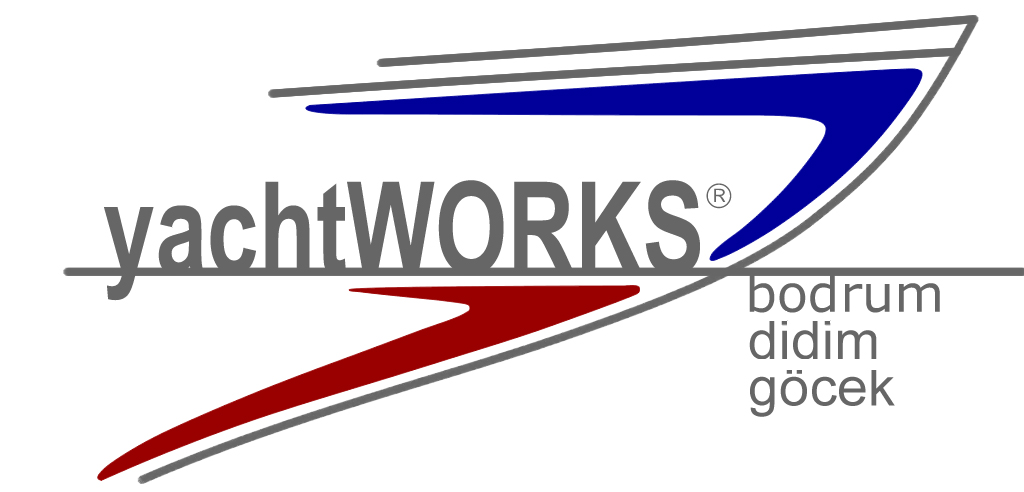[one_fourth]
[frame style=”modern” image_path=”http://www.yachtworks.info/wp-content/uploads/2013/07/case23_2.jpg” link_to_page=”” target=”” description=”” size=”four_col_large”]
[/one_fourth]
Here we present examples of some of the work we have carried out. In this way you will get a better idea of what yachtWORKS can do for you and be able to visualize how we solve your boat problems.
Problem:
A 49-foot Jeanneau Sun Odyssey sailing yacht hit rocks with the front edge of her keel while sailing at a speed of 4 knots. The keel was damaged on the lower front section and underneath, and the boat began taking on a little water through the keel.
Procedure:
After the yacht owner had obtained the necessary approval from the insurance company, he contacted yachtWORKS and requested that the boat be transferred from Ayvalik to our centre in Turgutreis for repair.
Work step 1:
The stages and costs of the repairs were determined. The yacht owner informed the insurance company of the repair costs and received their approval.
Work step 2:
A repair team and sailing crew were sent to Ayvalik to bring the boat via the sea route. Having made temporary repairs to the boat, our team sailed it to D-Marin where the keel would be removed and repaired.
Work step 3:
The yacht was dry-docked as soon as she arrived at D-Marin, her hull below the waterline was pressure-washed and then examined carefully.
Work step 4:
There was a tear on the underside of the keel and the coating had been scraped off, there was separation between the keel and the hull, and cracks in the hull as a result of the separation of the keel connecting plate.
Work step 5:
The keel was removed from the hull. The section of the hull that joins to the keel was opened up and reinforced with epoxy and fibre. It was then sanded smooth, filler was applied and the area was sanded again. An epoxy primer was then applied, followed by antifouling paint.
Work step 6:
The paint and filler on the damaged section at the bottom of the keel were removed and the metal was cleaned. Following application of protective paint; epoxy filler, epoxy undercoat and antifouling paint were applied.
Work step 7:
Meanwhile, each of the keel bolts was individually inspected, and damaged bolts were replaced with new ones produced in our lathe workshop.
Work step 8:
While these procedures were being carried out on the exterior, on the inside of the boat, the cracks around the keel connection were repaired as follows: the cracks were opened up and filled with epoxy and fibreglass, then covered with filler, sanded to a smooth finish and painted.
Work step 9:
The keel connection plate was repaired and straightened in a press.
Work step 10:
The yacht was put on a lift for the remounting of the keel. This very delicate operation was carried out with great care and was successful. Sikaflex, an elastic glue used for its anti-leak and bonding properties, was applied liberally to the whole of the top of the keel. After the keel had been put in place, while the bolts connecting it to the hull were being tightened on the inside, excess Sikaflex from between the hull and the keel was cleaned away on the exterior.
Work step 11:
After the final coat of antifouling paint, the yacht was launched, and handed over to the owner.
Comment of the customer:
“As promised, yachtWORKS did a very professional job and completed the work on time. The firm’s knowledge of their subject and experience ensured that everything went smoothly. I am thoroughly satisfied with yachtWORKS’ service and will definitely use them again in the future.”
Photographs of the work:
It is our company policy not to reveal personal details of our clients or details of boats to third parties. We would like to thank the boat owners and designers who have contributed to this series of articles.
Our Philosophy: We are a small group of professionals with extensive experience maintaining and servicing oceangoing yachts. We unite prudent business attitude with quality workmanship, good materials and good seamanship.


 Turkish
Turkish Deutsch
Deutsch Русский
Русский